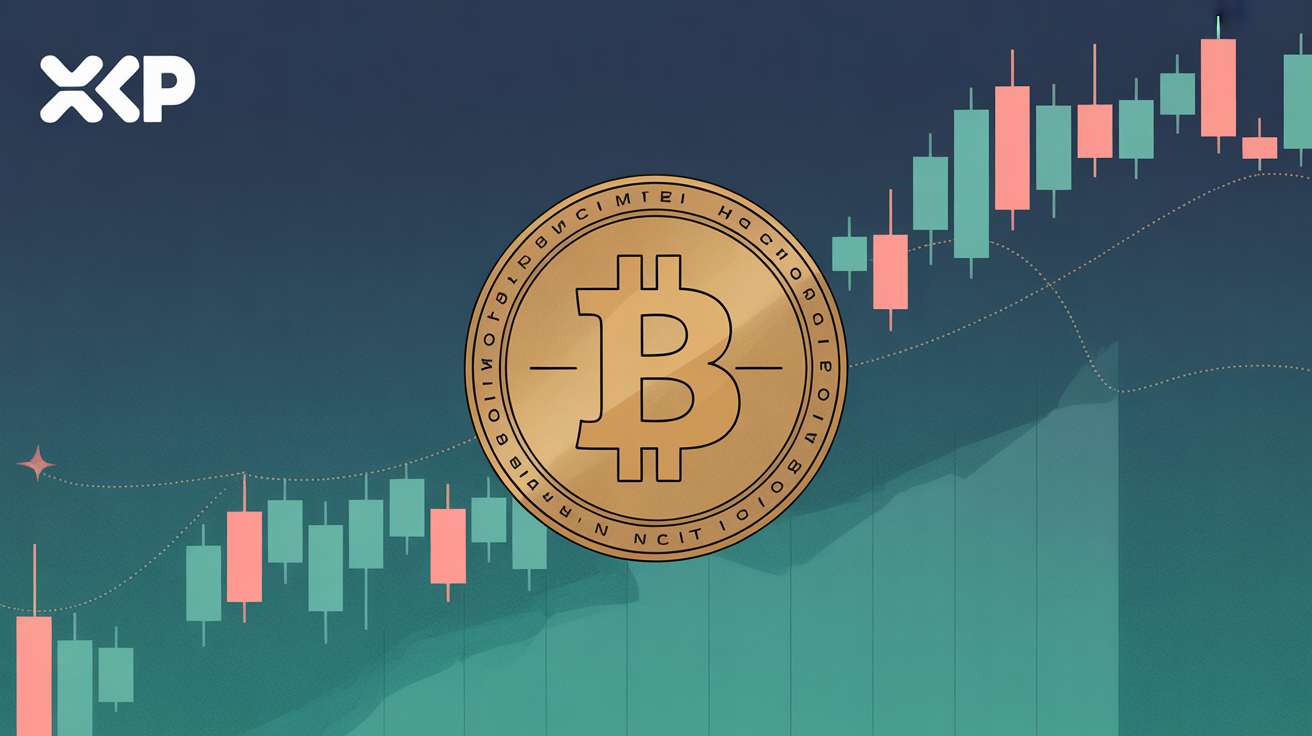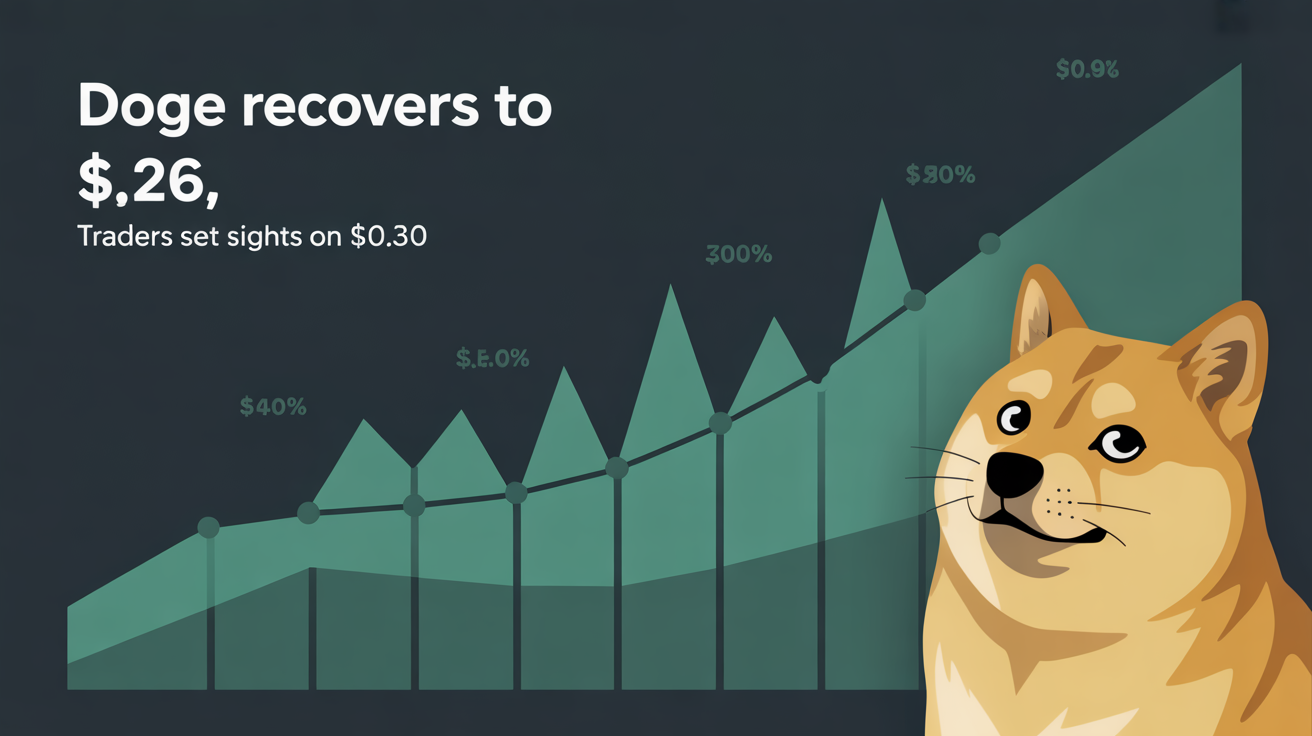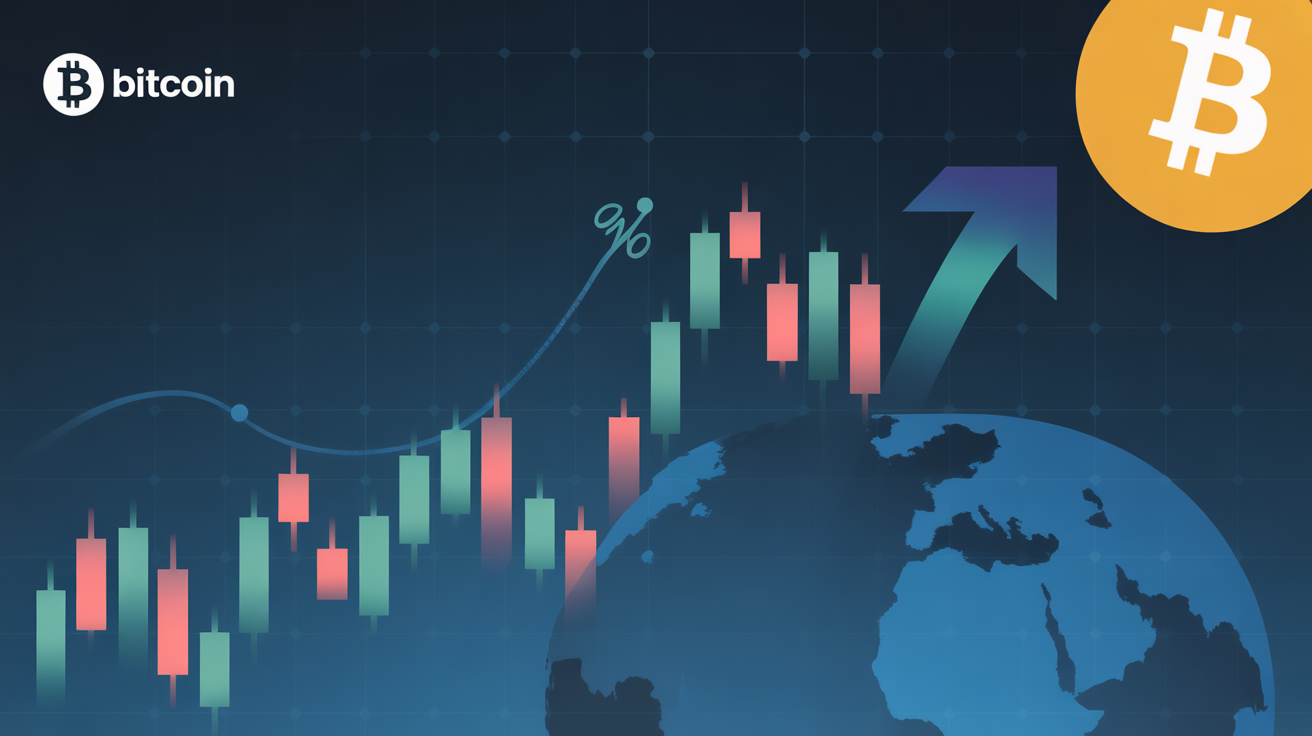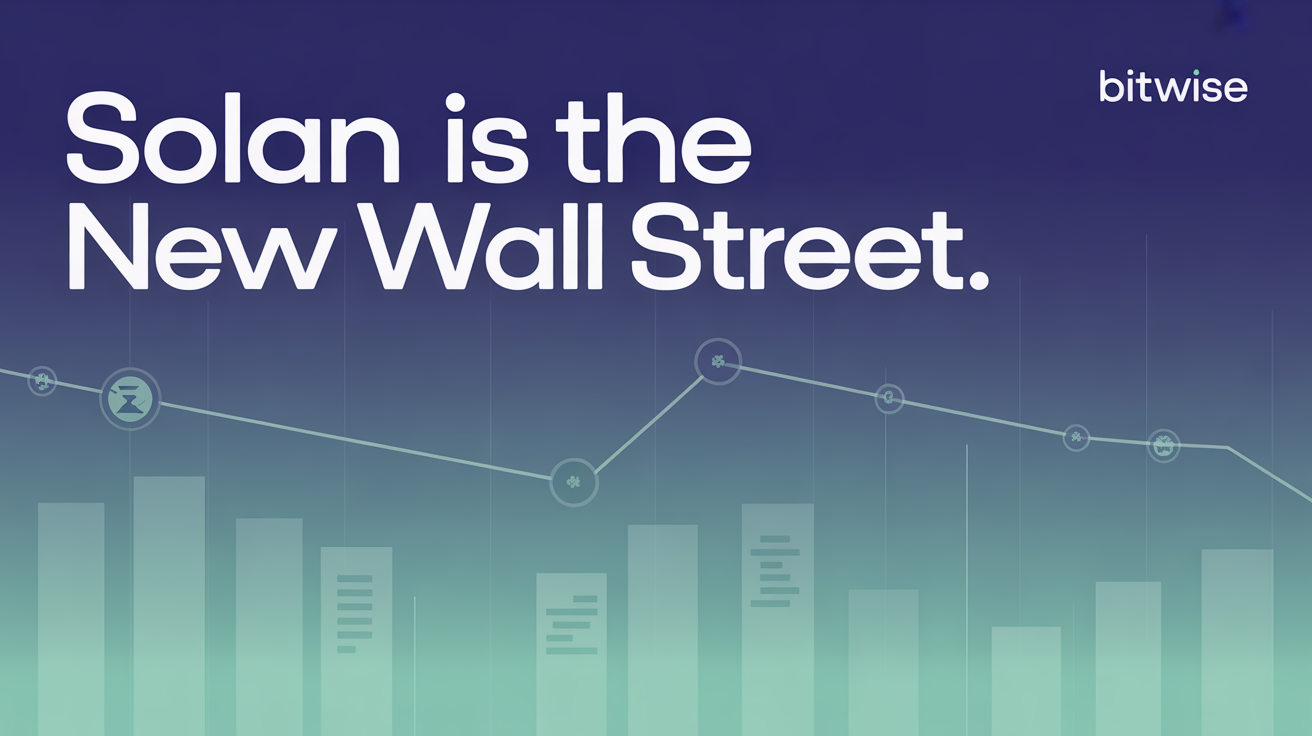
XRP Reclaims $3 as Traders Eye $4 Amid Market Momentum
XRP rebounded above the psychological $3.00 level in early Sunday Asia trading, reversing Saturday’s dip to lows near $2.95. The recovery followed a heavy-volume flushout that cleared leveraged longs, attracting bargain hunters and whale buying. Traders are now focused on the $3.10–$3.30 range as a key battleground, with a breakout potentially targeting $4.00–$4.20.
Market Drivers
- XRP ETF filings: Seven remain under review, with October decision windows framed as “binary” catalysts for Q4 price action.
- Institutional integration: Ripple’s Japanese partner SBI expanded its XRP lending program last week, bolstering adoption narratives in Asia.
- Crypto market context: Broader markets remain volatile following $1.7 billion in derivatives liquidations, although XRP wallet inflows exceeded 160 million tokens in the past week.
Price Action Highlights
- Rejection at $3.03 on Oct. 4 confirmed near-term resistance.
- The breakdown to $2.95 during 13:00–15:00 came on 122M volume, three times the daily average.
- Stabilization at $2.96–$2.97 set the stage for a recovery in Asia-session trading.
- By Sunday morning, XRP decisively reclaimed $3.00, flipping it back into support.
- Traders are eyeing $3.30 as the next resistance test, with $4.00+ as the potential breakout zone.
Technical Analysis
- Support: Fresh base at $2.95–$3.00, reinforced by high-volume accumulation.
- Resistance: Short-term cap at $3.03, breakout zone identified at $3.30.
- Trend: Higher-timeframe inverse head-and-shoulders pattern remains intact, targeting $4.20–$4.80 if $3.30 clears.
- Volume: Flushout volumes of 122M signal strong rotation; Asian trading shows renewed whale accumulation.
- Momentum: RSI in the mid-50s suggests a neutral-to-bullish bias, with MACD trending toward a bullish crossover.
Key Watchpoints for Traders
- Can XRP sustain closes above $3.00 to build a base toward $3.30–$3.50?
- Upcoming SEC ETF decisions on October 18 and potential spillover into altcoin ETFs.
- Whale wallet flows and on-exchange reserve changes as indicators of positioning.
- Macro factors including the Fed’s dovish pivot and Asian liquidity flows shaping risk appetite.



















